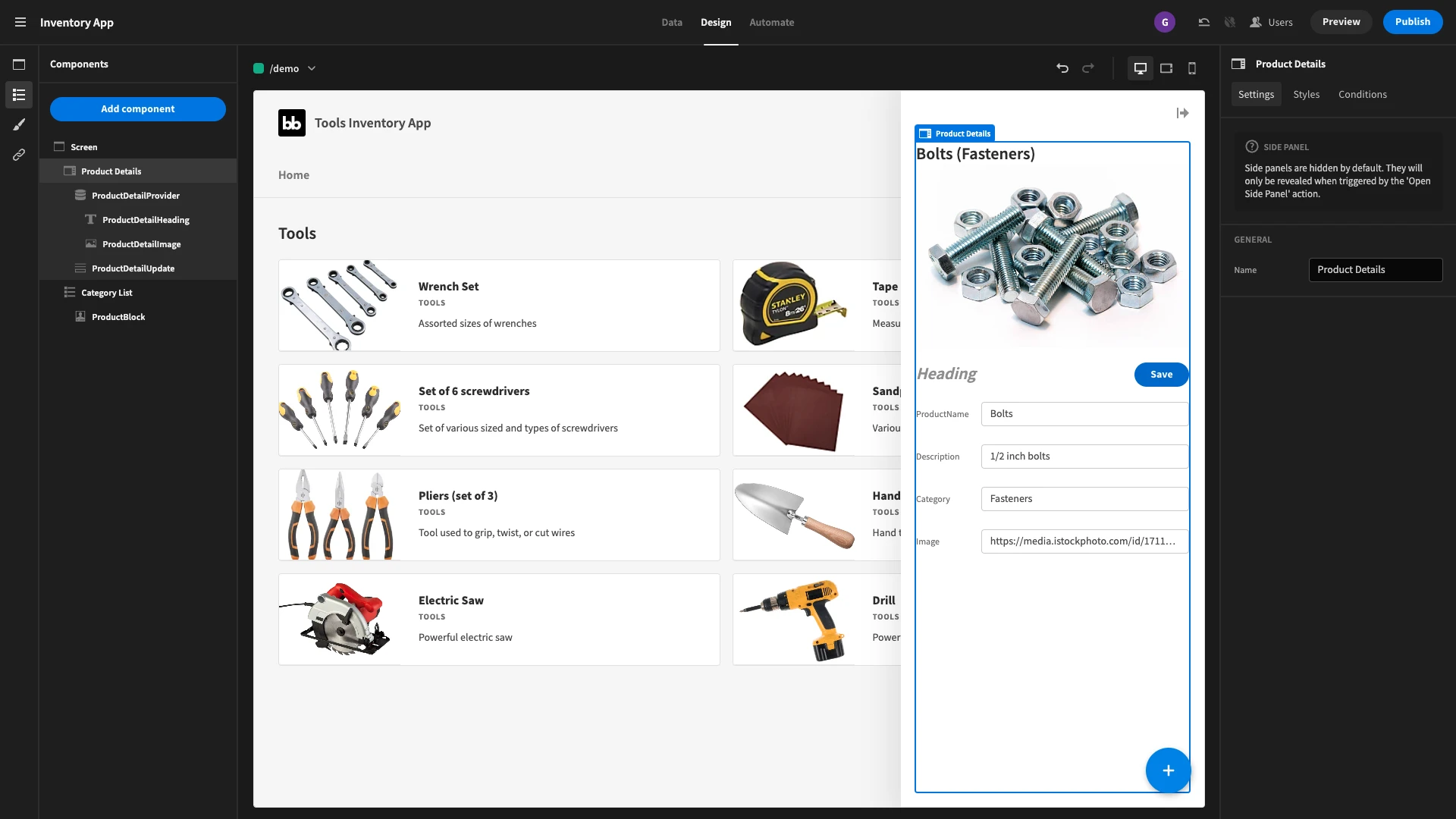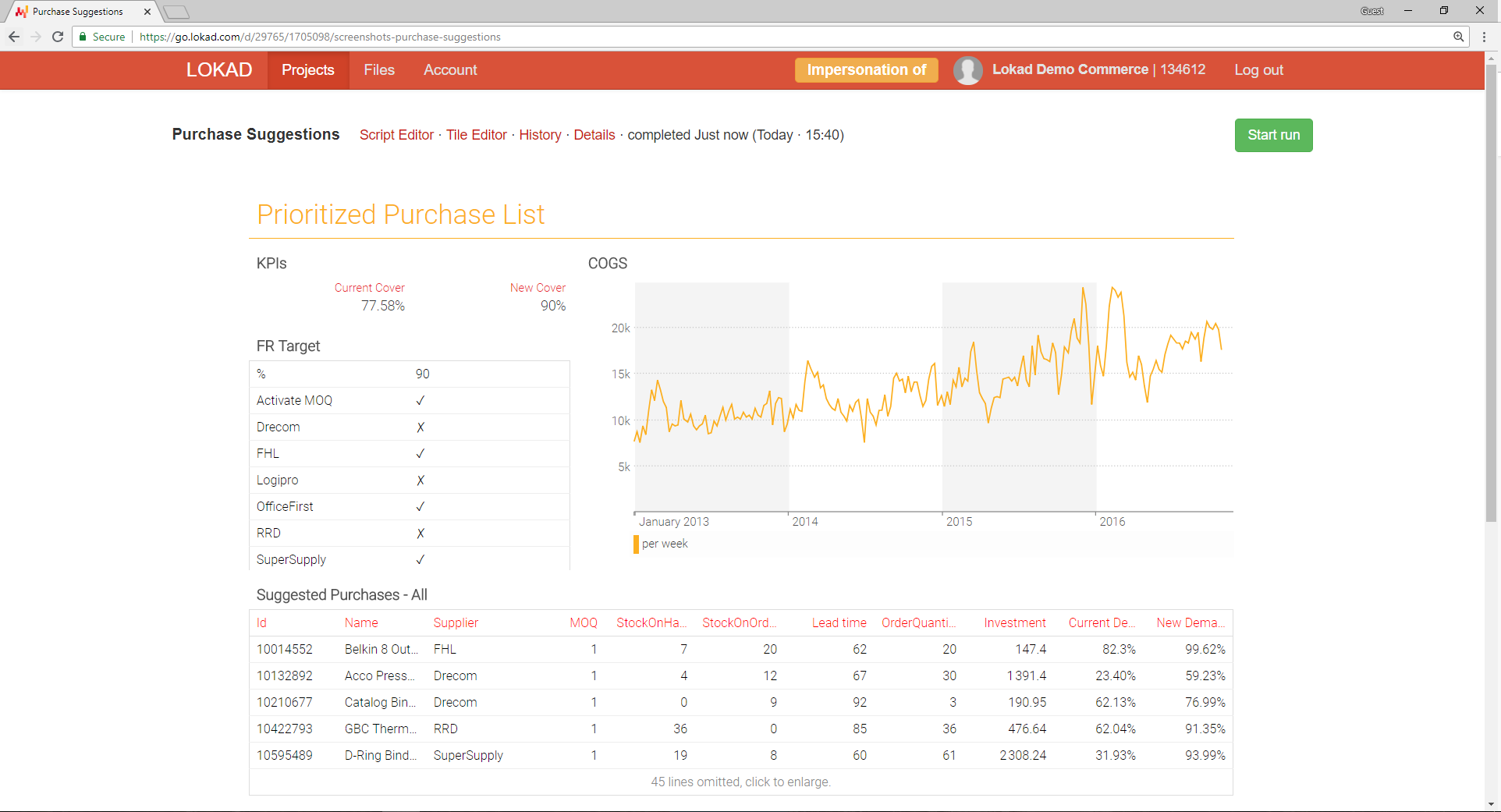Alternatives to Amazon Forecast
1. Blue Yonder Fulfillment
+Pros
- Advanced AI capabilities with cognitive demand planning and predictive analytics
- Proven enterprise-scale performance with high-profile implementations
- Microsoft Azure partnership providing technical infrastructure advantages
- Sophisticated omnichannel capabilities enabling complex multi-channel operations
-Cons
- Implementation complexity and high total investment requirements
- Enterprise focus creating accessibility barriers for mid-market organizations
- Data quality dependencies creating implementation risks
- Vendor lock-in considerations through Microsoft Azure partnership
One highlighted feature and why it's amazing
Uses machine learning algorithms to reconcile partial-week forecasts and disaggregate demand across multiple dimensions .

Another highlighted feature of why it’s amazing
Operates as a comprehensive digital twin, enabling concurrent simulations of order fulfillment under various capacity constraints .
2. Inventory Planner
+Pros
-Cons

3. Lokad
+Pros
- Probabilistic forecasting capabilities that generate demand distributions rather than single-point predictions.
- Proprietary Envision programming language allows custom economic logic integration.
- Superior handling of intermittent demand patterns through correlation analysis.
-Cons
- Significant implementation complexity that exceeds simpler alternatives.
- Resource requirements demand dedicated data engineering capabilities.
- Data dependency creates accuracy degradation with inconsistent historical records.
One highlighted feature and why it's amazing
Generates demand distributions rather than single-point predictions to enable risk-adjusted inventory decisions.

Another highlighted feature of why it’s amazing
Allows custom economic logic integration, incorporating business constraints like minimum order quantities, shelf-life risks, and promotional impacts directly into forecasting models.
Other Alternatives
Netstock
Oracle Warehouse Management
RELEX Solutions
SAP Commerce Cloud
Shopify Sidekick
How We Researched This Guide
About This Guide: This comprehensive analysis is based on extensive competitive intelligence and real-world implementation data from leading AI vendors. StayModern updates this guide quarterly to reflect market developments and vendor performance changes.
206+ verified sources per analysis including official documentation, customer reviews, analyst reports, and industry publications.
- • Vendor documentation & whitepapers
- • Customer testimonials & case studies
- • Third-party analyst assessments
- • Industry benchmarking reports
Standardized assessment framework across 8 key dimensions for objective comparison.
- • Technology capabilities & architecture
- • Market position & customer evidence
- • Implementation experience & support
- • Pricing value & competitive position
Research is refreshed every 90 days to capture market changes and new vendor capabilities.
- • New product releases & features
- • Market positioning changes
- • Customer feedback integration
- • Competitive landscape shifts
Every claim is source-linked with direct citations to original materials for verification.
- • Clickable citation links
- • Original source attribution
- • Date stamps for currency
- • Quality score validation
Analysis follows systematic research protocols with consistent evaluation frameworks.
- • Standardized assessment criteria
- • Multi-source verification process
- • Consistent evaluation methodology
- • Quality assurance protocols
Buyer-focused analysis with transparent methodology and factual accuracy commitment.
- • Objective comparative analysis
- • Transparent research methodology
- • Factual accuracy commitment
- • Continuous quality improvement
Quality Commitment: If you find any inaccuracies in our analysis on this page, please contact us at research@staymodern.ai. We're committed to maintaining the highest standards of research integrity and will investigate and correct any issues promptly.